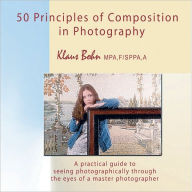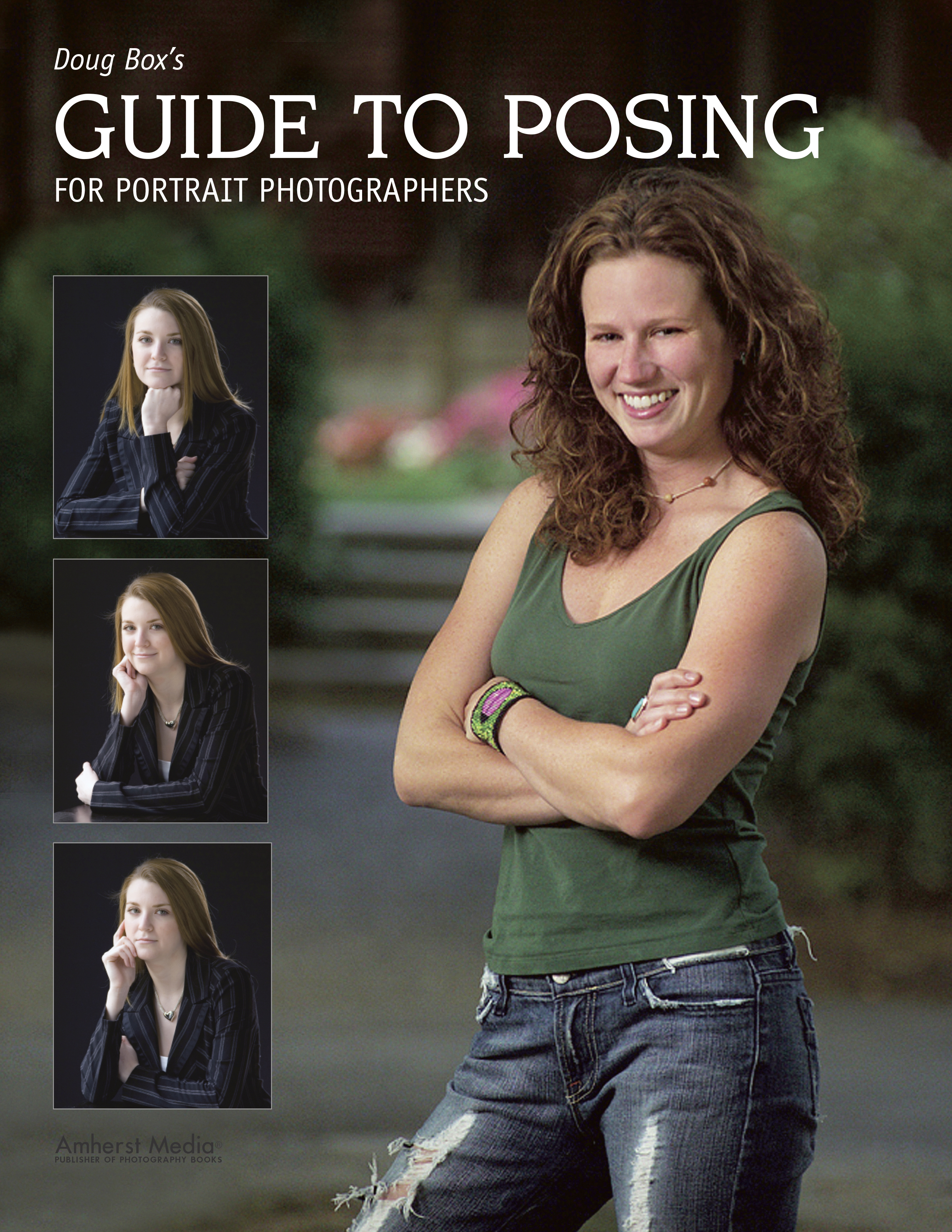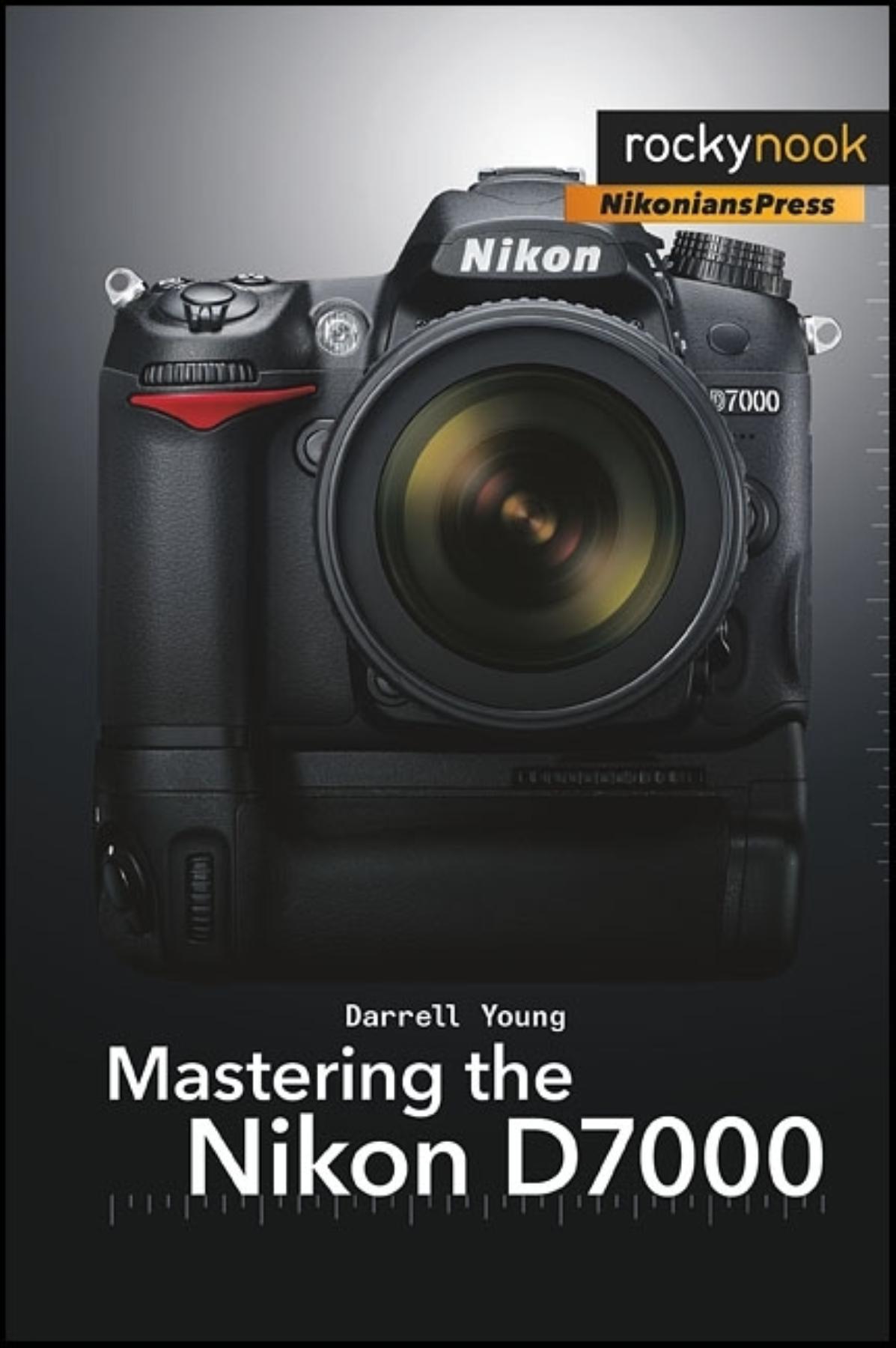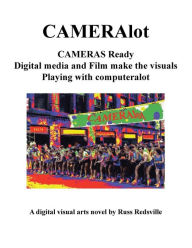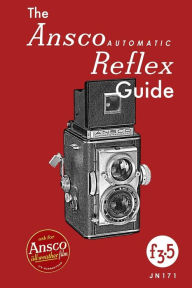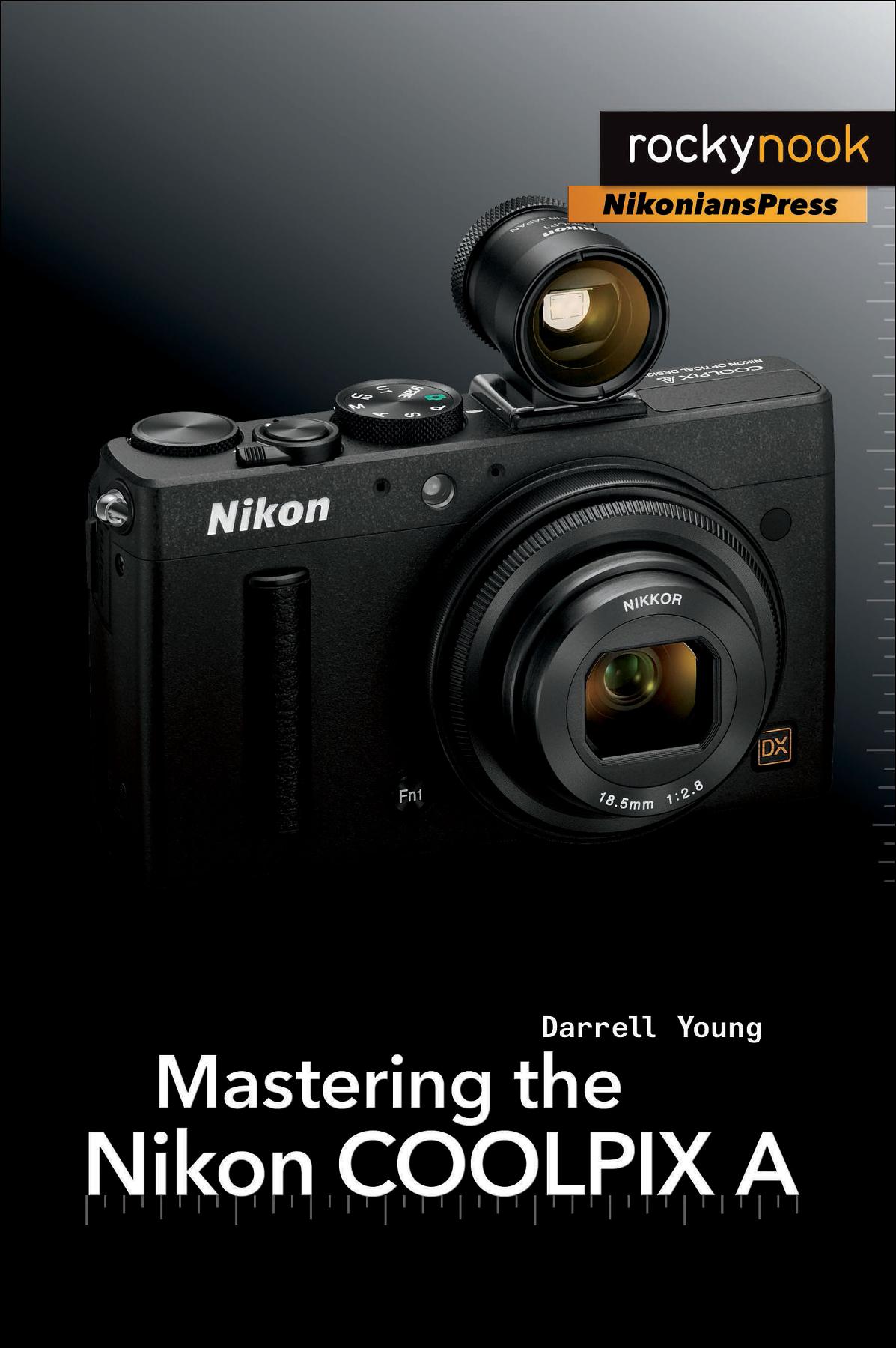The Power of the Frame
by José María Castillo-Pomeda
2020-07-11 16:23:51
Beauty is a subject that has obsessed man since ancient times. While the concept of "the beautiful" is true is relative and depends on each social group and each era, it is also true that our perception of beauty is subject to the harmony of the meas...
Read more
Beauty is a subject that has obsessed man since ancient times. While the concept of "the beautiful" is true is relative and depends on each social group and each era, it is also true that our perception of beauty is subject to the harmony of the measures. In any facet of our life, we instictively seek harmony and balance.Why, before two seemingly equal or similar images, one attracts us more than the other?The information they transmit to us is the same but... one is better, we like it more... The answer is inside, in its geometry, in its structure, in short: in its composition.By studying the basic components of an image, the fundamental elements of visual communication, we find a universal language. Knowing how to recognize them in our frame, relocate them and compose with them is as much or more important than the correct handling of the camera.There is still for some the common place that the image does not articulate a language itself, it does not go beyond being an illustration and that it is necessary to "explain" it.I once heard José Saramago, affirm the absolute superiority of the word over the image and condemn the old saying "worth a picture more than a thousand words" to the garbage can. This view, which seems logical in a Nobel Prize for literature, can underline the superiority of written language in the field of abstraction or mental creation. But it is to want to close your eyes (and never better) to the communicative and poetic value of the image. Of course, this controversy settled it, already in the Renaissance, Leonardo da Vinci when he said: "Write the name of God next to his image and see where they look," (da Vinci 187:98)
Less





